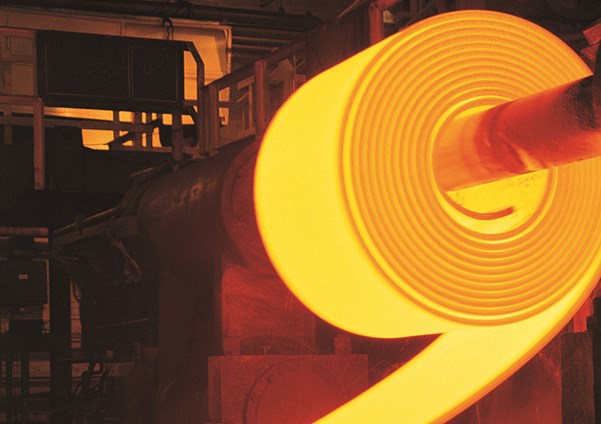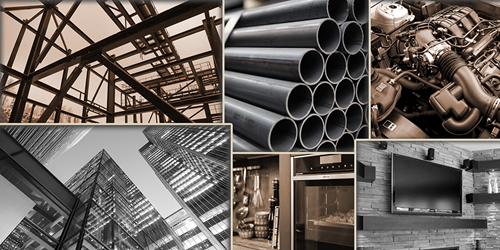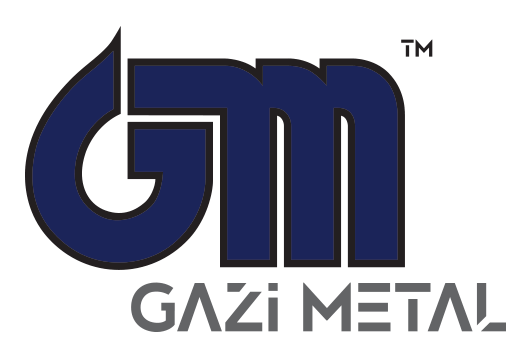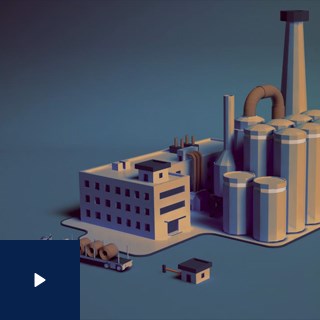Everything starts with the gift of nature ...
DISCOVER STEEL
THE STATE OF STEEL IN THE NATURE: COKE AND IRON
The complements of steel, coke and iron, are natural minerals. Coke is obtained by heating the coke in an oxygen-free environment to increase the percentage of carbon. Iron is obtained by reduction of oxidized ironstones into coke and blast furnaces (removal of oxygen).

FIRST STEP TO STEEL: HOT PROCESSING
1-HOT ROLLING
Rolling; is to shape the hot or cold material in steel production by the influence of two rolling rollers. At the same time, this is a process that gives strength to the steel.
In hot rolling, the ore which has become liquid due to the effect of heat in the blast furnace is primarily thinned. It is possible to obtain the structure to be processed by subjecting to the annealing process between about 1200-1400 degrees brought to the desired properties. The tempered iron is transported by the help of rollers, pressure is applied by rotary rollers and its thickness is thinned; plate or rod.
2- COLD PROCESS
a) Pickling Line
The rust, dust, scale and other hot process residues on the hot rolled flat steel surface are acid cleaned.
The sheet’s oil and coarse residues are cleaned in the washbasin. The sheet passes through the acid bath afterwards. After this process, the sheet passing through the rinsing bath, drying, edge cutting and oiling units is rolled as a roll. The cleaned sheet can be sold as it is according to the customer request or it can be sent to cold rolled and subjected to some operations.
ARP (ACID REGENERATION UNIT)
The hydrochloric acid used in the pickling process is converted and reused by the acid regeneration unit (ARP) to prevent any damage to nature. For this reason, we have no harmful by-products left to nature. In addition, our acid recovery facility has a recovery capacity of 99.8%.
b)Cold Rolling
Cold rolling is a process in which the steel produced as a semi-finished product is made cold and qualified and / or trimmed and packed in desired dimensions on crossing lines. This process mostly depends on the thickness of the customer's request.
-
Annealing
The annealing line is the heating and cooling process which is carried out so that the changing physical and chemical structure of the sheet, which is thinned out from the cold rolling line, can be restored to its original properties and strength. The cooling wheel is composed of 4 basic parts with a heating bell, cooling bell, oven chamber.
- Tempering
It is the process that gives the final form to the steel which is physically deformed during the process. Here, the product is delivered in a single form with very little crushing and pulling. In addition, thanks to EDT technology and grinding wheels, it is among Turkey's special Temper Rolling Lines in terms of surface smoothness.
STEEL SERVİCE CENTER
Cut-to-Length
It is a production line in which the sheet metal is cut in special boiler as requested by the customers. It is divided into thin cutting, thick cutting and packaging process in itself.
Slitting Line
It is the production line where the coiled sheets are knitted with circular knives. Slicing is done according to customer demand and sector
WHERE IS STEEL USED?
Steel in Manufacturing Industry
It is used in the production of vehicles, motor, machinery and apparatus in medium force parts and mold sets, construction field, all kinds of profile pipe steel products, welding wire making, chain making, nail wire making, hand tools making.
It is also used in food, kitchenware, kitchenware, household articles, sake production and medical industry. Other areas of steel:
- Chemical, petro-chemical industry
- Steam boilers and facing, coal, cellulose, textile, resin and rubber industry.
- Oven construction, heaters, cementation boxes and materials to be used at high temperature
- Hot water systems, exhaust pipes and washing machines
STEEL IN DAILY LIFE
Canned canisters, pots, bottles ... These types of steels, commonly known as "tin" today, have long been known as "white steel" because of their tin whiteness. Packing steel is used for bottles for spray painting, and for food and beverages, tubes for lip paint, containers for paints or tin cans, machine oils, solvents and any other products requiring protection.

It is also used in electronic components used in computer and telecommunication systems and in sensitive parts with special requirements. Stainless steel is the ideal material for artificial hip and knee caps, screws, prostheses, scalpels etc. because it is stable and completely neutral during interaction with human tissue. Even the metal tips of the needles are produced from steel. White goods (washing machine, dishwasher, refrigerator, oven etc.) that we use in our homes are produced from steel. It is used in numerous iron and steel products in construction sector. 60% of the cars we use are produced from traditional steel. cars we use are produced from traditional steel.
In our daily life, it is possible that we encounter steel in many ways that we don’t even realize...



